Nagasaki Prefecture and the Nagasaki Prefecture Tourism Federation have released to the media the changing new attractions and cultural attractions of the city as "a trip around Nagasaki City, which is in a changing period once in 100 years."
"Gunkanjima (Hashima)" located about 19km off the coast of Nagasaki Port, which I visited this time, was registered as a World Cultural Heritage Site in 2015 as one of the constituent assets of "Meiji Japan's Industrial Revolutionary Heritage Steelmaking / Steelmaking, Shipbuilding, and Coal Industry". .. It has the industrial heritage "Hashima Coal Mine" that became the cornerstone of Japan's modernization, and became owned by Mitsubishi from 1890 (Meiji 23) and started full-scale operation. have.
A trip around Nagasaki City in a changing period
Depart from Nagasaki Port.A round-trip sea trip of about two and a half hours starts
Landing on Gunkanjima is currently only available on tour. This time, we used the "Gunkanjima Tour Landing & Tour Course" (adults 3900 yen, junior high and high school students 3100 yen, children 1900 yen) by Seaman Shokai. A separate "facility tour fee" (general 310 yen, elementary school student 150 yen) is required for landing. The platform is Tokiwa No. 2 Pier at Nagasaki Port. From here, I boarded the "Saruku II".
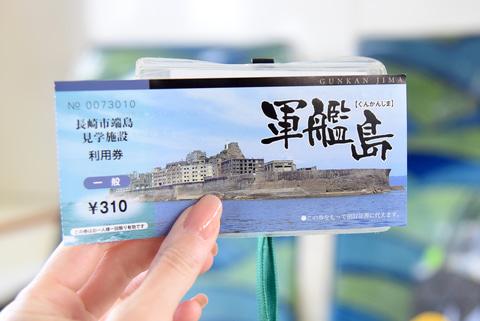
While sailing at Nagasaki Port, Captain Yuasa explained about the surrounding World Heritage Sites. Mitsubishi Heavy Industries Nagasaki Shipyard & Machinery Works "Giant Cantilever Crane" and "Kosuge Ship Repair Station". We introduced the huge ships and buildings that are approaching in front of us, such as the escort ships under maintenance.
Departure from Nagasaki Port Tokiwa No. 2 Pier to "Gunkanjima Tour Landing & Tour Course" The "Saruku II" ship that we boarded this time has an observation deck on the 2nd floor and an open-air type 1st floor rear seat. , Very comfortable with less shaking Mitsubishi Heavy Industries Nagasaki Shipyard "Giant Cantilever Crane" is near, where you can see the ships at anchor while sailing in Nagasaki Port, and the powerful scene like a movie spreads. "Kosuge Ship Repair Site" which adopted Japan's first towing device powered by a steam engineIt takes about 20 minutes to go around in front of "Gunkanjima". I was able to take a close look at the restricted area from the ship and take a picture. There are also explanations such as "Hashima Shrine" where only the shrine remains, and because the company housing was always on with electric lights due to the crowded high-rise apartments, only the school had large windows to illuminate. A corridor for smooth movement, an X-shaped staircase that appeared in the live-action movie "Attack on Titan". Furthermore, there were many traces of life from the movie theater ruins that became visible due to the destruction of the revetment by the waves to the communal bath at the top.
The heart of the people who came to be called "Gunkanjima" because of its appearance similar to the warship "Tosa". The X-shaped staircase that appeared in the movie "Advance Giant", which was set up so that you can move efficiently in the upper part of "Hashima Shrine" where only the shrine remains, is round around the movie theater ruins that can be seen only before the restoration of the revetment. The building with holes is a communal bath.There were 3 baths on the island, and the apartments "Building 51" and "Building 48" on the outside of the high-rise apartment, which are being weathered more than expected, also serve as the tide building that protects the inner apartment during the storm.According to the "Hashima Landing Tour Facility Usage Standards" of Nagasaki City, which owns the island, if the measured value of the anemometer off Iojima exceeds 0.5 m or the visibility in the surrounding sea area does not reach 500 m, it will be installed on the vessel of the licensed company. If the measured value of the anemometer exceeds 5m, landing will not be possible and the course will be changed to "Gunkanjima Tour + Takashima Landing Course". Since the landing permission was not given until just before, the passengers were in a state of being quite nervous while on board, and the moment the landing was permitted safely, cheers rose unexpectedly.
There are a total of three tour plazas that land on "Gunkanjima" from "Dolphin Pier", which was also used by the islanders.There was a tour passage on the ship where the map was displayed in advance, and we were able to safely head to the tour area.The tour to "Gunkanjima" is as short as about 45 minutes, so the guide explained along the route. When I look sideways, the seawall collapsed by the big waves lies, and the threat of nature is approaching. Since the Hashima Coal Mine is a submarine coal mine, miners need to head up to 1000m underground. On the stairs of the entrance to the basement, "Ruins of the Second Vertical Shaft Pier," black traces of coal powder on the feet of the mining at that time still remain in Katsuaki about 47 years after the mine was closed, and are dirty after work. The islander's water storage tank, which provides water for baths to drop the water, stood on the top of the mountain.
Forty-seven years have passed since the mountain was closed, and the entire island was weathered, in order to make effective use of the landing time. The remains are scattered around. Black marks remain on the ascending and descending stairs of the "second vertical shaft entrance pier trace" where the revetments destroyed due to the storm are lying here and there. A water storage tank that manages the water on the island that had descended from the turret to 636m underground in 90 seconds.Residents used it with considerable savingsIn addition, only the buildings of the Meiji era are registered as World Heritage Sites, and at the moment, the brick "general office", "the trace of the third shaft winding", and the adhesive "Amakawa", which is a mixture of lime and red clay, are registered. It is said that it is only a masonry revetment using. Japan's first reinforced concrete apartment group was built in the Taisho era, so it is not a target, but the entire island is a World Heritage area.
Brick "general office", which is a World Heritage Site, "Third shaft winding site" Masonry revetment using "Amakawa", an adhesive that is also a mixture of lime and red soil.Next, go to Japan's oldest 7-story reinforced concrete high-rise apartments "Building No. 30" and "Building No. 31". "Building No. 31" has the role of a tide building, and all windows are on the corridor side. It is built to protect the inner building and the accommodation building "Building No. 25" where visitors stay. By the way, when he came to the island, Mitsubishi employees and the police checked it, so security was perfect.
Japan's oldest 7-story reinforced concrete high-rise apartment. The front is "Building No. 30". On the left is "Building No. 31", which is collapsing. The stairs of "Building No. 25" where you can see the depths of the dwelling. The 1st and 2nd floors are accommodations, and the rest is the world of concrete all over the company housing.The scenery like an ancient ruin spreadsBefore boarding the ship, we visited the remains of a conveyor belt for throwing away bota (stones that cannot be used as coal) and the columns of a conveyor belt for sending refined coal (selected coal) to a coal storage yard. After leaving the island, a "Gunkanjima Landing Memorial Certificate" was distributed on board. In addition, anthracite coal, an original paper fan, and sickness-preventing candy were also given. In addition, on the way back from the ship, you can see a video about "Gunkanjima", which makes you feel more familiar. We arrived at Nagasaki Port in no time, and the tour ended successfully.
Traces of holes in a conveyor belt for dumping bots into the sea. The remains of a conveyor belt for sending refined coal, which is now only a buried pillar, to a coal storage yard. In the back is a board showing that "Hashima Elementary and Junior High School" and "Hashima Coal Mine" are constituent assets of the world heritage "Meiji Japan's Industrial Revolutionary Heritage Steelmaking / Steelmaking, Shipbuilding, Coal Industry" and "Gunkanjima Landing Memorial" certificate"Which would you like to compare eating Turkish rice or Nagasaki Wagyu beef at "Nagasaki Dejima Wharf"?
After landing on "Gunkanjima", head to the complex facility "Nagasaki Dejima Wharf" facing Nagasaki Port. It is within walking distance from the Tokiwa No. 2 pier where you disembarked and is close to the city area, perfect for dining and coffee breaks. The open-air terrace seats are lined up, and it is the best spot where you can enjoy Nagasaki's specialties while gazing at the view of the harbor.
This time I visited "Delicious Restaurant Attic". Nagasaki's specialty, Turkish rice, which has been updated for an adult's children's lunch, is being offered, and the most popular "Attic Delicious Turkish Rice" (950 yen) is a place where pork cutlets usually ride, and we want you to enjoy various tastes.・ Turn on the cream croquette. Plenty of salad is served, and the amount of saffron life and spaghetti is moderate, arranged so that even women can complete the meal. The specialty coffee that the shop is proud of is also conscientious, such as being served for an additional 100 yen after meals.
"Nagasaki Dejima Wharf" located in the bay area of Nagasaki Port The road is open along the sea and it is perfect for walking. You can eat while looking at the sea on the open terrace.After landing on "Gunkanjima", we would like to introduce another shop that is perfect for returning to the port and having a celebration. This is also "Nagasaki Wagyu Yakiniku Pure", which is within walking distance from Nagasaki Port and very close to Dejima. Directly managed by JA Zen-Noh Nagasaki, the quality of the Wagyu beef we handle is endorsed. If you bake the tender and moderately marbled meat until it is slightly browned and chew it, the time of bliss will come when it melts in your mouth.
We recommend the lunchtime "Nagasaki Wagyu beef ribs with 3 kinds of lunch" (1500 yen). It is very popular because you can enjoy eating and comparing the three types of ribs, peaches, and pickled ribs at an affordable price range. There are two types of sauce, homemade soy sauce sauce and miso sauce, and rice can be refilled for lunch. The rice produced in the prefecture, the best tea in Japan, "Sonogicha", the service of Nagasaki mandarin orange "Aji Hope" after meals, and the deliciousness of Nagasaki are gathered together. You will want to visit not only lunch but also dinner.
JA Zenno Nagasaki directly managed "Nagasaki Wagyu beef grilled meat pure" "Nagasaki Wagyu beef ribs 3 kinds assortment lunch", peach, ribs, pickled ribs from the left of the plate The well-balanced fat is like olive oil.You can easily toro in your mouthAfter a meal, take a walk to a coffee shop. In Nagasaki, the place where coffee was introduced, the number of unique coffee shops in the city has increased in recent years, and you can easily enjoy a delicious cup. It goes well with Nagasaki confectionery, and you can try to find the perfect taste for your favorite sweets.
I visited "Kariomon's Coffee Nagasaki". We sell coffee beans and provide coffee that we have traveled all over the world. Coffee brewed in a French press has a addictive taste in which the fat content of beans is extracted and the sweetness and aroma stand out. An information card with a story about the production area was also given with the cup, and I was able to think about the production area while reading and drinking.
"LA BENDICION" from Nicaragua is finished in a cup full of coffee oil when brewed in a French press that provides coffee and sells beans at "Kariomon's Coffee Nagasaki".An information card is also includedIf you want to enjoy a relaxing drink in the bay area on the Nagasaki Port side, "eme" is recommended. Sweets such as "Canele" (200 yen), which is chewy and bittersweet and sweet, are talked about as exquisite. It's perfect for walking around town while drinking "cafe latte" (450 yen).
Purchase the recommended "Canele" and "Cafe Latte" where sweets are lined up mainly on baked goods at the counter in the "eme" store, which is popular for its specialty coffee and exquisite sweets.The first time is "West Kyushu Shinkansen" and this time "Gunkanjima" and this tour where we have seen the expressions of two old and new Nagasaki. Next time, the trip to Nagasaki will be fulfilling early in the morning! So, the "Morning Nagasaki" plan where you can enjoy canoeing from the vicinity of Meganebashi, and a resort with a spa. In addition, we will deliver the state of the "Nagasaki City Dinosaur Museum" that just opened at the end of October.
Mayumi AikawaShe has worked as a freelance reporter after working as a freelance writer / editor for IT and entertainment magazines and web media. She travels abroad most of the time. Her hobby is visiting Disney parks and resorts around the world. She recently goes to Maihama every day with her annual passport. She loves eels and chocolates, and the basis of her journey is to "eat everything that is served." Her motto is to challenge everything from hot peppers to mysterious nuts.

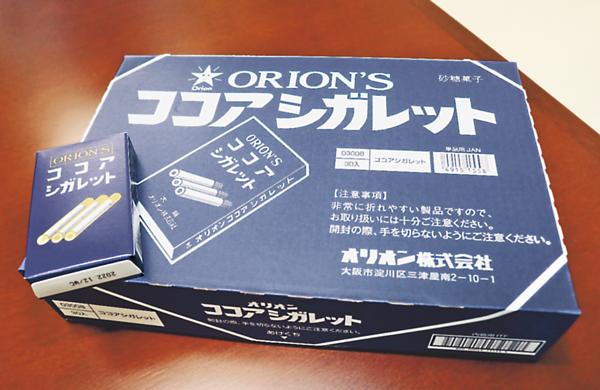
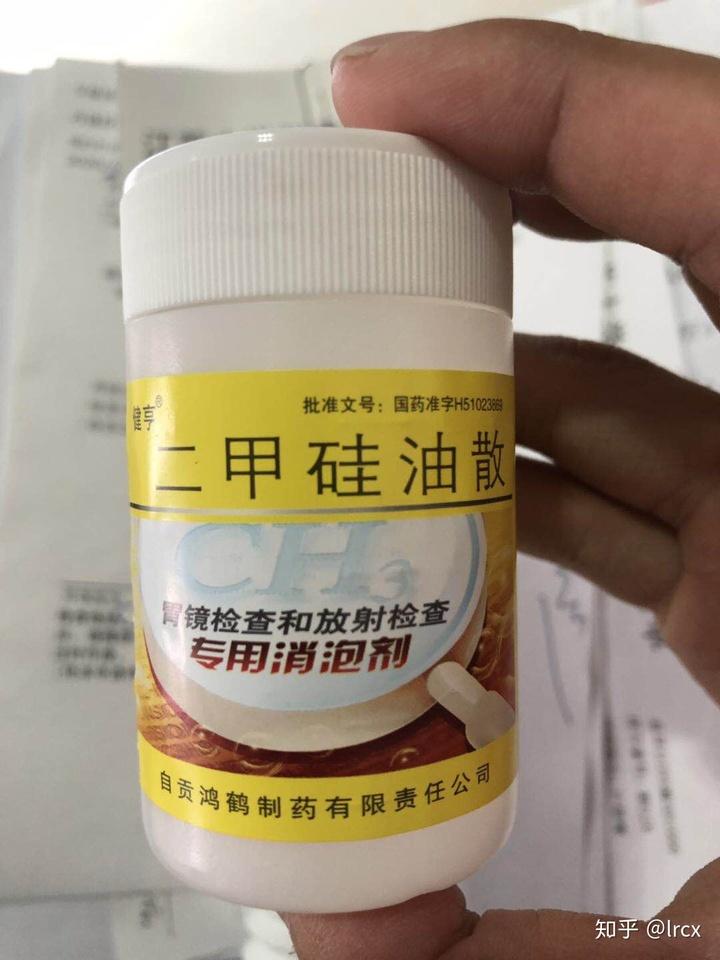
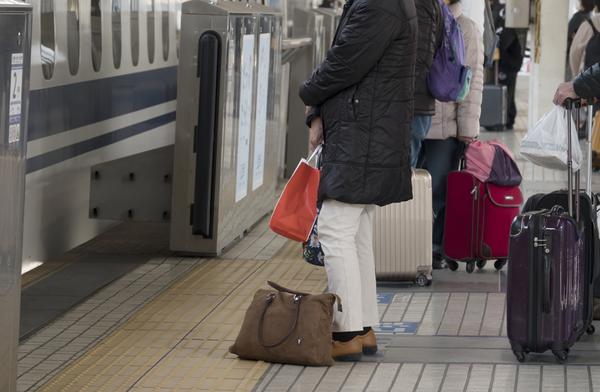
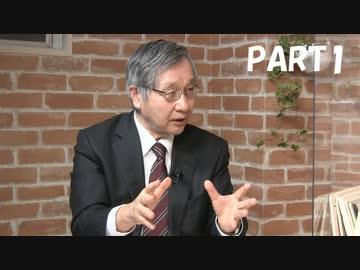
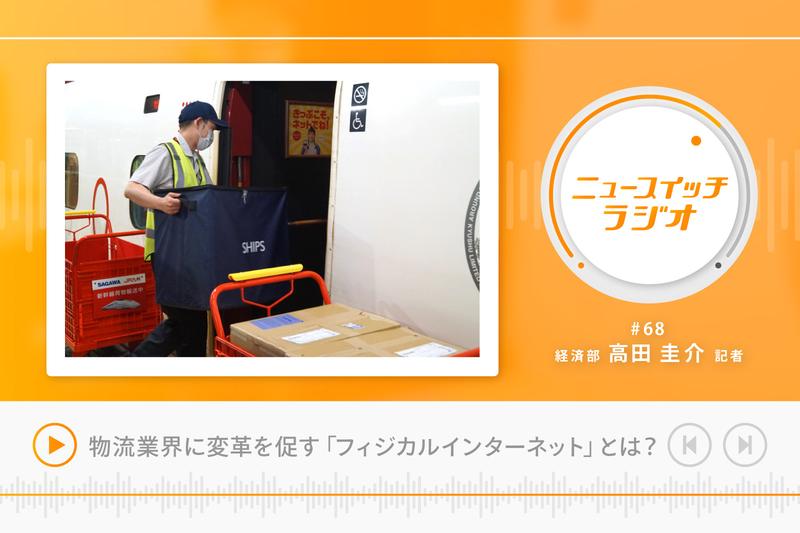
![[New Toyota Voxy (90 series)] Amplifies the characteristics of the aero body! A design that further enhances the power of the front mask! #Works direct custom deep layer 001](https://website-google-hk.oss-cn-hongkong.aliyuncs.com/drawing/article_results_9/2022/3/25/01568e2fbf021c0eaf7d013507c850a4_0.jpeg)

![[Toyota Noah / Voxy new model] Modellista releases various customized parts ... Actual vehicle exhibited at Tokyo Auto Salon](https://website-google-hk.oss-cn-hongkong.aliyuncs.com/drawing/article_results_9/2022/3/25/8268612c1e5941e62d3dfd07f8991b2f_0.jpeg)
